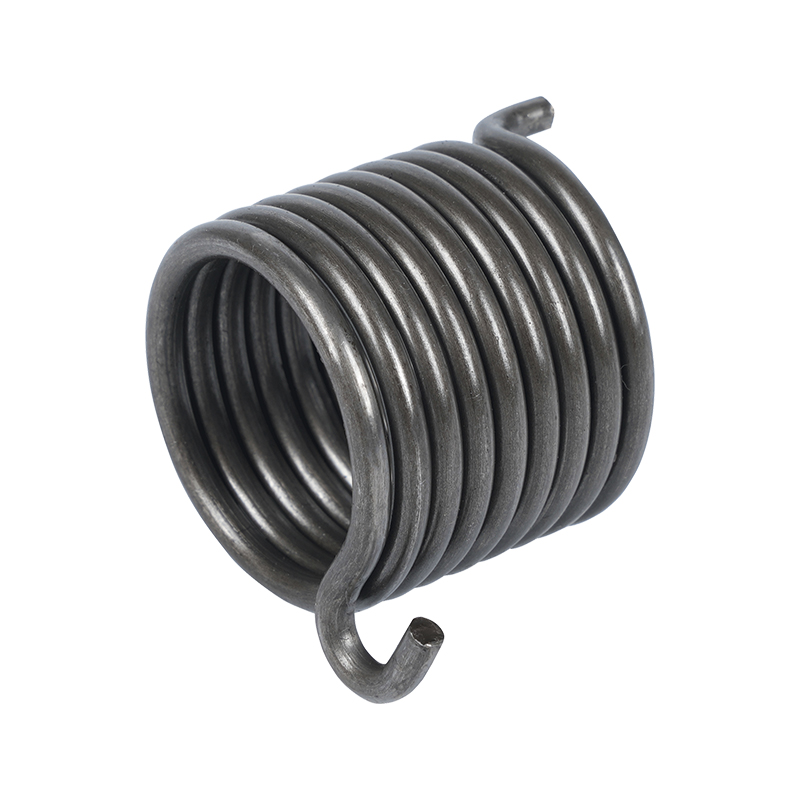The Mechanics of Metal: Understanding Hardware Stamping Equipment
Custom Metal Stamping Mold Supplier

Hardware stamping is a crucial process in the manufacturing of metal parts used in various industries. This technique involves shaping or cutting metal sheets into specific forms by applying pressure using specialized equipment. The process is widely employed in producing items like brackets, clips, connectors, and automotive components. To understand hardware stamping fully, it is important to consider the major equipment used, such as stamping presses, punching machines, and automated stamping lines. These tools work together to ensure precision and efficiency in mass production.
One of the common pieces of equipment in hardware stamping is the stamping press. This machine plays a vital role in applying the necessary force to mold or cut metal sheets into desired shapes. Stamping presses come in different types, including mechanical presses, hydraulic presses, and servo-driven presses. Each type offers unique advantages, depending on the requirements of the hardware stamping project. Mechanical presses are known for their speed and precision, making them ideal for high-volume production. Hydraulic presses, on the other hand, provide a higher level of force, which is useful when working with thicker or harder materials. Servo-driven presses combine the benefits of both mechanical and hydraulic systems, providing flexibility, energy efficiency, and control.
Another key piece of equipment in hardware stamping is the punching machine. These machines are specifically designed to punch holes in metal sheets, which is an essential step in the hardware stamping process. Punching machines use a combination of dies and punches to create holes of various sizes and shapes. In some cases, the punching machine may also be used for other tasks, such as embossing or perforating, depending on the tooling used. Punching machines are often integrated with stamping presses to improve efficiency, especially in high-speed operations.
For high-volume production, automated stamping lines are increasingly being used in hardware stamping. These automated systems are designed to streamline the stamping process by reducing the need for manual labor and improving throughput. An automated stamping line typically consists of several interconnected machines that work in tandem. For example, a robotic arm may transfer metal sheets from one station to another, while automated die changers allow for rapid switching between different tooling setups. Automated systems also feature advanced control software that monitors the process, ensuring consistent quality and minimizing downtime. As industries demand faster production times and higher precision, automated hardware stamping lines are becoming the standard in modern manufacturing.
One of the mass significant advantages of hardware stamping is its ability to produce large quantities of parts with high precision. The equipment used in the stamping process, such as stamping presses and punching machines, are designed to maintain tight tolerances and minimize variations in the finished product. This level of precision is critical in industries like automotive manufacturing, electronics, and appliance production, where even slight defects can cause costly recalls or product failures. As a result, hardware stamping equipment must be regularly maintained and calibrated to ensure ideal performance.
In addition to its precision, hardware stamping is also known for its cost-effectiveness. Once the necessary tooling is set up, the process can produce large volumes of parts at a relatively low cost per unit. This makes hardware stamping an attractive option for manufacturers looking to scale production quickly and efficiently. However, it is essential to note that the initial setup costs for hardware stamping equipment, particularly stamping presses and automated lines, can be substantial. Nevertheless, the long-term benefits of high-volume production often outweigh the initial investment.
In conclusion, hardware stamping is a highly effective manufacturing process that relies on a variety of specialized equipment. The stamping press, punching machine, and automated stamping lines all play essential roles in shaping metal sheets into functional components. By understanding the equipment involved in hardware stamping, manufacturers can make informed decisions about their production needs, balancing precision, efficiency, and cost. As technology continues to advance, the capabilities of hardware stamping equipment are likely to improve, offering even greater opportunities for innovation and efficiency in the manufacturing industry. The integration of automated systems and precision machinery ensures that hardware stamping remains a critical process in producing high-quality parts for a wide range of applications.


 English
English русский
русский Español
Español











